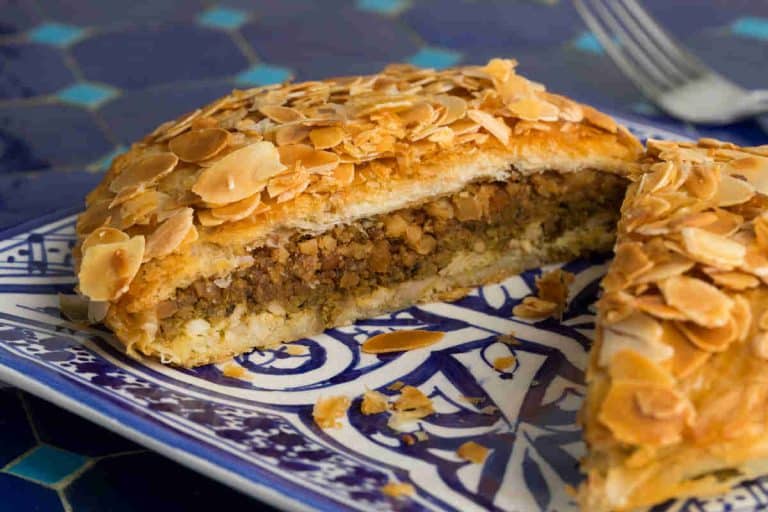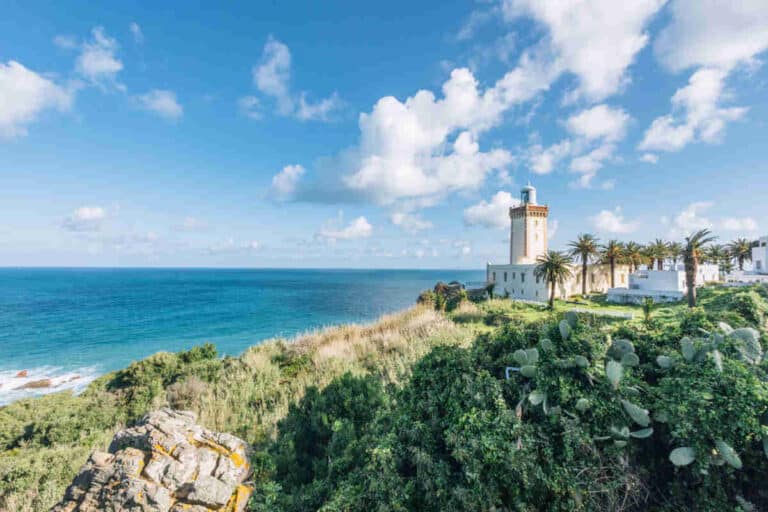As we told you in this other post of our blogthe medinas are the walled historical centers in the cities of Morocco.
And the most important ones have one.
But as far as Fez is concerned, a question arises: how many medinas does it have?
Why does this doubt arise?
In this article we try to solve the enigma of the medinas of Fez, so you can orient yourself and better organize the places of your visit to this fantastic city.
The medina(s) of Fez
Fez is the spiritual and cultural capital of Moroccoand still enjoys great social prestige throughout the country.
This is due to its rich history, which is reflected in its monumental heritage, and in its own urban fabric, filled with riadsmadrasas, mosques and other characteristic buildings… Fez was founded in 789by the founder of the Idrisid dynasty, the Idrisid dynastyIdris I. He considered that the previous capital of his kingdom, Volubilis, was too small, so he ordered the construction of a new city, a dream that was fulfilled by his successor, Idris II, the real architect of the project. This city experienced a great development in the following centuries, both in the time of the Idrisids and under the rule of the Almoravids and Almohads. Almoravids and Almohads
.
Eso se debió, en parte, a la población que llegó desplazada del sur de España (Al-Andalus estaba siendo reconquistado por los reinos cristianos) y de la vecina Kairuán, en la actual Argelia.
Los barrios de los Andaluces y de Karaouine, con sus respectivas mezquitas, son testimonio de ello.
Entonces, la ciudad era una medina amurallada, con sus puertas de entrada y una vida bulliciosa.
But at the end of the 13th century, with the new Merinid dynasty, the Merinid dynastydynasty, a major expansion took place: Sultan Abu Yusuf Ya’qub decided to build a new Royal Palace on the outskirts of the a new Royal Palace on the outskirts of the of the medina, to the southwest.
New inhabitants settled in the surrounding area, and also Jewish families (mellah).
Y todo ello, como es lógico, debía estar walled. So a new Fez emerged, next to the old one. For this reason, we speak of Fez el-Bali (old medina) y Fez el-Jdid (new medina): close to each other, but separated.
In the following centuries, other defensive military structures were built (for example, Borj Nord), and it was not until the end of the 19th century that new wall sectors were created to integrate the two medinas.
The result: two medinas in one, linked by a park.
After this historical account of the evolution of Fez, we arrive at the expected answer: Fez has two medinas, which in reality form a single one. This is so because today they form a single historic center, and so recognized by Unesco, naming its medina a World Heritage Site, encompassing both Fez el-Bali and Fez el-Jdid.
Between the two sectors of the medina is located Jnan SbilIt is one of the main public parks of the city and dates precisely from the late nineteenth century, when the two medinas were united forever. This historic garden is one of the favorite walks for the inhabitants of the city and its visitors, occupying more than 7 hectares of landscaped land and trees. Its central lake integrates a bastion built in the 16th century, when the city’s defenses were renovated. It is also the site of the famous Fez Sacred Music Festival.
For all these reasons, this park is a pleasant respite between the two sectors of the medina, where the hustle and bustle remains as it was centuries ago, as the Fassids often boast of a record: the largest car-free district in the world. And not precisely because of environmental restrictions, but because its narrow streets make vehicular traffic impossible.




